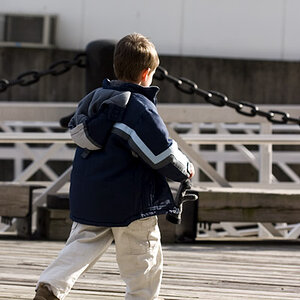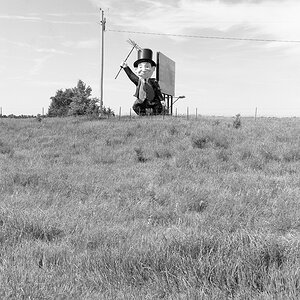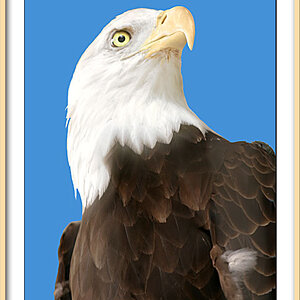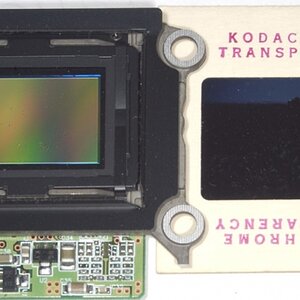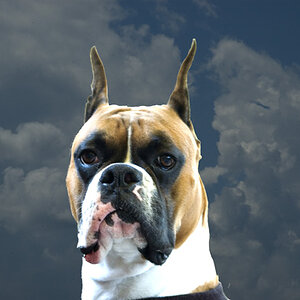Christians86
TPF Noob!
- Joined
- Sep 25, 2010
- Messages
- 20
- Reaction score
- 0
- Location
- Oslo, Norway
- Website
- galleri.csfoto.no
- Can others edit my Photos
- Photos OK to edit
Hi,
Yesterday I tried something I thought should work, but I'm unsure how to do it.
The idea was to place a Profoto strobe behinde my friend and a reflector in front, close to her.
The plan was to make all of here dark, and get the textures of her face with some light, and the eyes with light, but the rest should be covered in black.
How would anyone here have done that?
I have Profoto D1 strobes with batpack and speedlights/Ranger RX from Elnchrom. So I should have the equipment that I need.
Yesterday I tried something I thought should work, but I'm unsure how to do it.
The idea was to place a Profoto strobe behinde my friend and a reflector in front, close to her.
The plan was to make all of here dark, and get the textures of her face with some light, and the eyes with light, but the rest should be covered in black.
How would anyone here have done that?
I have Profoto D1 strobes with batpack and speedlights/Ranger RX from Elnchrom. So I should have the equipment that I need.


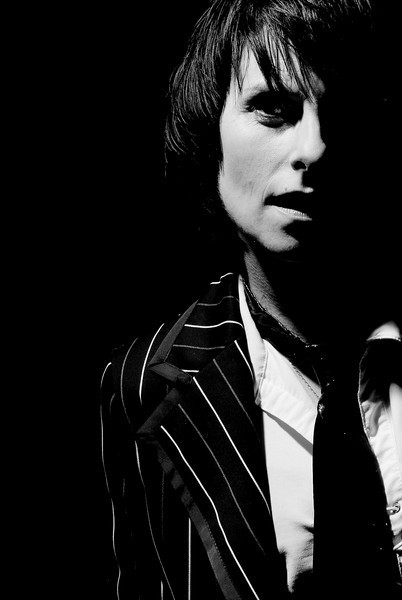
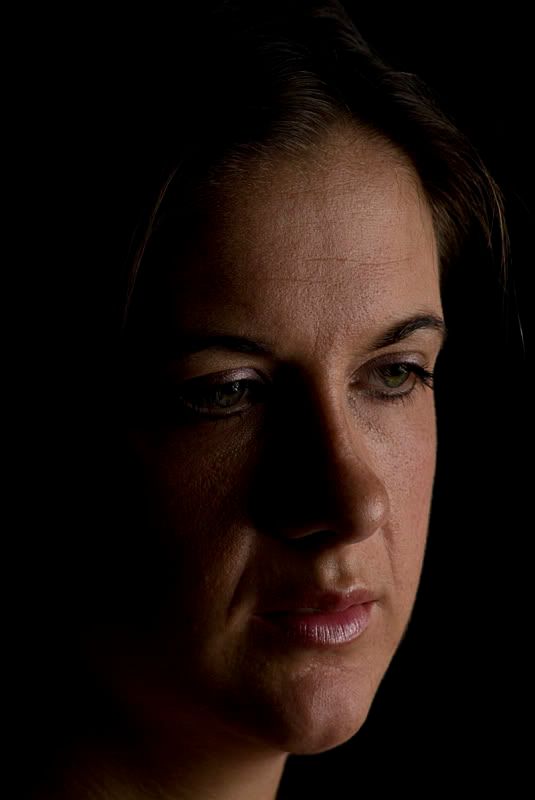
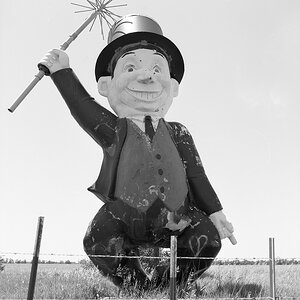
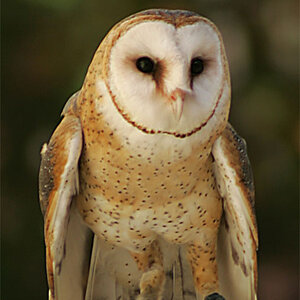


![[No title]](/data/xfmg/thumbnail/37/37537-25afab1a7980214af6067df3c997c353.jpg?1619738132)
